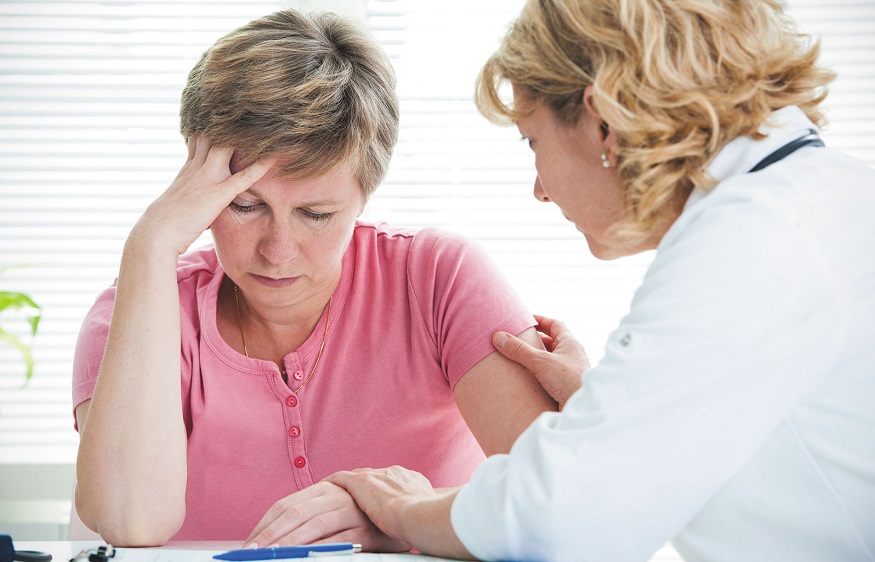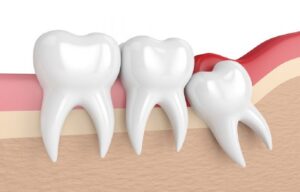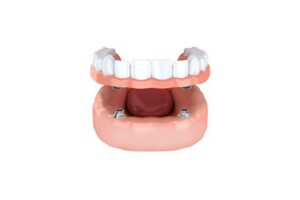What is colonoscopy Depression
4 min read
Colonoscopy is a visual exploration, which is used to highlight abnormalities of the colon (large intestine connecting the small intestine to the outside through the anus). It is useful for your gastroenterologist to determine the origin of your symptoms or to detect pre-cancerous or cancerous lesions. This examination usually takes place under general anesthesia. The gastroenterologist who specializes in endoscopic digestive exploration introduces the endoscope through the anus to explore the colon.
It is carried out using a device called endoscope specially designed to explore the colon. It has the shape of a long thin cylinder and is 1.5 m long. At its end is placed a vision system (mini-camera most often) and at the other end the control handles manipulated by your doctor.
A colonoscopy does not examine the entire digestive tract. Passing through the anus, it allows to go up in the rectum and all the large intestine. The device also manages to go up on the end of the small intestine (small intestine) which comes to throw itself into the colon.
This is an examination during which operative maneuvers are possible such as biopsies or the removal of polyps. Colonoscopy is therefore not just an exploration because it simultaneously allows a therapeutic gesture during the same intervention.
When should a colonoscopy be done?
Recommendations have been established by scientific associations in France and around the world. The most common indications are:and screening for colorectal cancer in patients at high or very high risk.
As far as screening is concerned, it is not recommended before the age of 50, except in special cases. In case of chronic intestinal diseases or certain family history, the age at which screening begins can be lowered. Your specific risk must be determined during a dedicated consultation with your doctor.
Is anesthesia mandatory?
During the examination, the device threads its way through the colon with the guidance of the gastroenterologist. Some bowel bends are tighter than others and an assistant pressing down on your stomach can help the device pass. It is obvious that this progression is more or less easy according to the individuals according to their internal anatomy. A colonoscopy is therefore possible without anesthesia but it is on average more uncomfortable. As proof, colonoscopy sees the entire length of the colon in 80% of cases without anesthesia against 98% of cases with anesthesia. Nearly 95% of sleeping patients would repeat the examination against 75% without anesthesia.
As the objective is to carry out a complete examination of good quality, to renew it without anxiety, for example in the event of polyps to be monitored, colonoscopy is currently mainly offered directly under anesthesia. Patients thus have the chance to benefit from improved comfort and improved medical service.
But anesthesia is often dreaded. Yet it is an area of medicine that has advanced considerably over the past 30 years. Firstly in terms of safety with standardized procedures, including the mandatory pre-anaesthetic consultation. Also in technical terms; the products used have nothing to do with what was done, in terms of tolerance, allergy and duration of action. It is also thanks in part to progress in anesthesia that digestive endoscopy has been able to develop so much and explore the digestive system in an increasingly sophisticated way.
Finally, there is not a kind of anesthesia but SOME anesthesias. Those needed for painful and heavy surgery have nothing to do with the superficial and brief sedation of a colonoscopy. But it is by applying identical systematic procedures that security has been reinforced to the point of having an extremely low residual risk. During your consultation with your anesthesiologist you can discuss these low risks. Some also now offer alternatives such as hypnosis.
How long is the exam ?
The duration of the examination is variable depending on the ease of advancing the colonoscope in your colon, the time required to perform the biopsy, the removal of any polyps and the need for additional cleaning if your preparation is insufficient. A perfect preparation will facilitate the examination.
On average, the time between entering the endoscopy room and returning to the recovery room is approximately 30 minutes. But the complete procedure including the reception, the installation, the examination and the awakening lasts about half a day.Except in particular, it is a work stoppage for the day of the exam.Except in very special cases (isolation, difficulty of autonomy), often scheduled in advance, colonoscopy takes place on an outpatient basis (during the day).
Can I go home alone following my exam?
If you have been anesthetized, you cannot drive and you must be accompanied to return home.
The brevity of modern anesthesia can give the false impression of a complete return to normal very soon after the examination. The alteration of the reflexes necessary for automobile driving makes taking the wheel dangerous. In the event of an accident, your responsibility would be engaged.
Alcoholic beverages are discouraged in the evening for the same reasons.
Why and how to take your preparation well?
To examine the entire wall of the colon, it must have been emptied of its fecal contents and the wall must be clean.
A good quality colonoscopy is an examination carried out to the end, during a sufficiently long exploration and on a clean colon. It is at this price that the examination may not be repeated and that the patient derives all the benefit from the exploration.




